Rising Urbanization
The Global Faucet Market Industry experiences a notable boost due to increasing urbanization across various regions. As more individuals migrate to urban areas, the demand for modern plumbing solutions, including faucets, escalates. Urban centers often require upgraded infrastructure to accommodate growing populations, leading to heightened faucet installations in residential and commercial buildings. This trend is particularly evident in developing nations, where urbanization rates are surging. The Global Faucet Market is projected to reach 37.9 USD Billion in 2024, reflecting the impact of urbanization on consumer preferences for stylish and efficient faucet designs.
Sustainability Trends
Sustainability is becoming a pivotal driver in the Global Faucet Market Industry, as consumers increasingly prioritize eco-friendly products. Manufacturers are responding by developing faucets that conserve water and reduce energy consumption, aligning with global sustainability goals. For instance, low-flow faucets and touchless designs are gaining traction, appealing to environmentally conscious consumers. This shift not only meets regulatory standards but also enhances brand reputation. As the market evolves, the demand for sustainable faucet solutions is expected to grow, contributing to the overall market value, which is anticipated to reach 73.9 USD Billion by 2035.
Rising Disposable Income
The Global Faucet Market Industry is significantly influenced by rising disposable incomes, particularly in emerging economies. As consumers gain more financial flexibility, they are more inclined to invest in high-quality and aesthetically pleasing faucets. This trend is evident in regions where economic growth is robust, leading to a surge in home renovations and new constructions. Consumers are increasingly seeking premium products that offer both functionality and design. Consequently, the market is poised for growth, with projections indicating a value of 37.9 USD Billion in 2024, driven by the willingness of consumers to spend on superior faucet solutions.
Market Growth Projections
The Global Faucet Market Industry is poised for substantial growth, with projections indicating a market value of 37.9 USD Billion in 2024 and an anticipated increase to 73.9 USD Billion by 2035. This growth trajectory suggests a compound annual growth rate of 6.26% from 2025 to 2035. Factors contributing to this expansion include rising urbanization, technological advancements, and increasing consumer awareness regarding sustainability and hygiene. The market's evolution reflects broader trends in home improvement and construction, as consumers seek innovative and efficient solutions for their plumbing needs.
Technological Advancements
Technological innovations play a crucial role in shaping the Global Faucet Market Industry. The integration of smart technology into faucet designs, such as touchless activation and temperature control, enhances user convenience and hygiene. These advancements cater to the growing consumer preference for modern and efficient home solutions. Additionally, manufacturers are investing in research and development to create faucets that incorporate IoT capabilities, allowing for remote monitoring and control. As a result, the market is likely to witness a compound annual growth rate of 6.26% from 2025 to 2035, driven by the increasing adoption of smart home technologies.
Health and Hygiene Awareness
The Global Faucet Market Industry is experiencing a shift driven by heightened awareness of health and hygiene. Consumers are increasingly recognizing the importance of maintaining cleanliness in their living spaces, which directly influences their faucet choices. Touchless faucets, which minimize contact and reduce the spread of germs, are becoming more popular in both residential and commercial settings. This trend is particularly pronounced in public facilities, where hygiene standards are paramount. As a result, the market is expected to grow significantly, with a projected value of 73.9 USD Billion by 2035, reflecting the increasing prioritization of health and hygiene in consumer purchasing decisions.


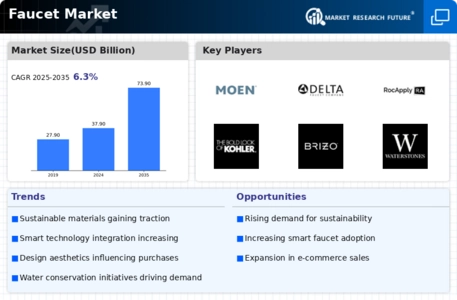
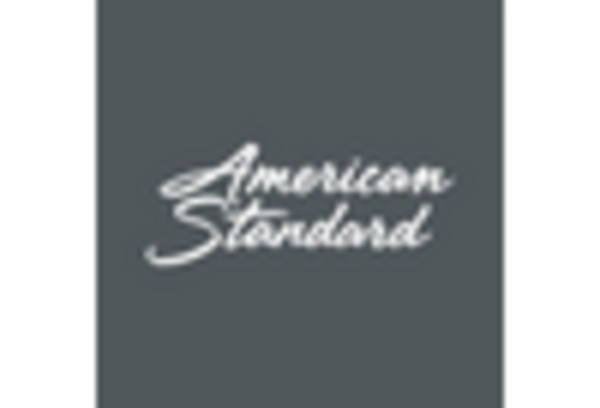
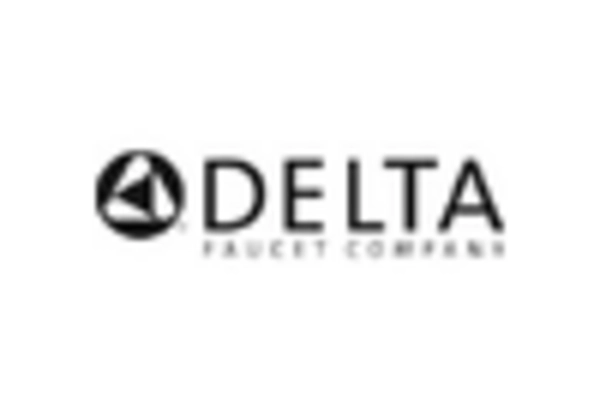
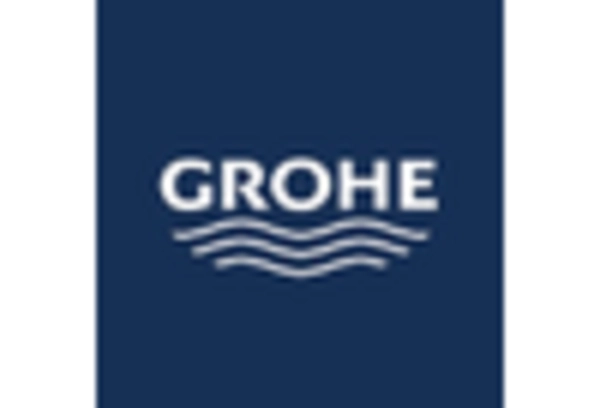
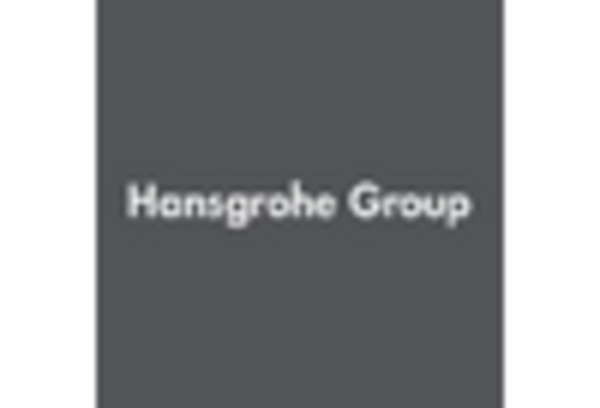
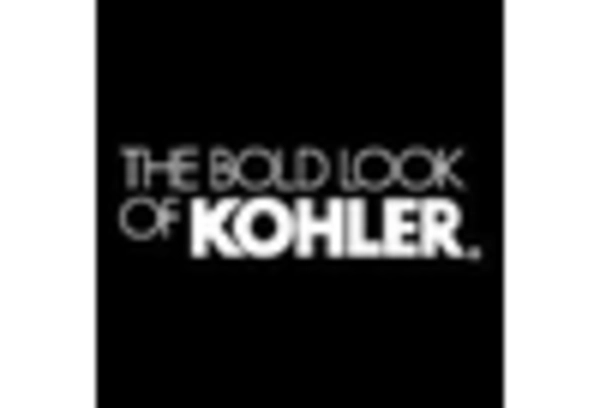
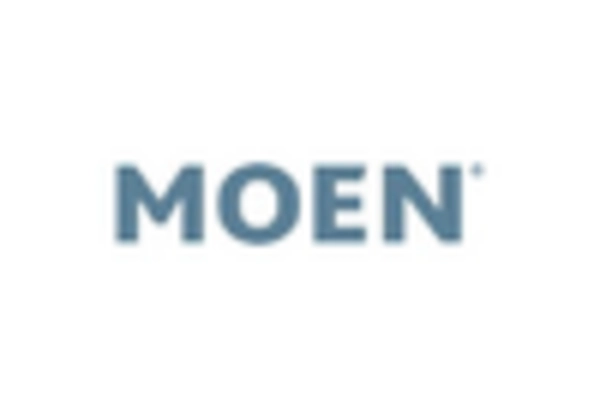








Leave a Comment